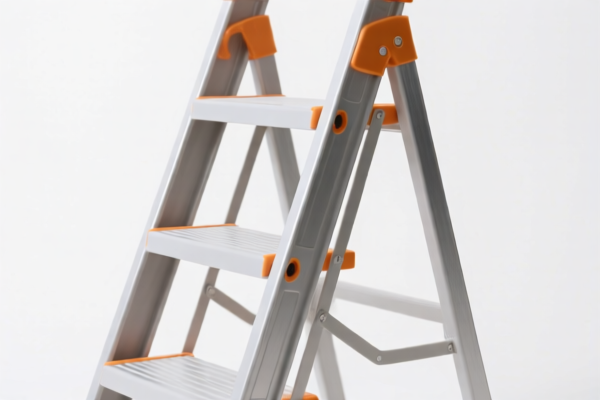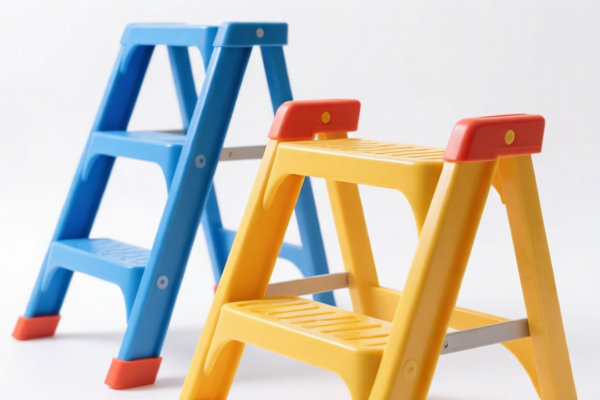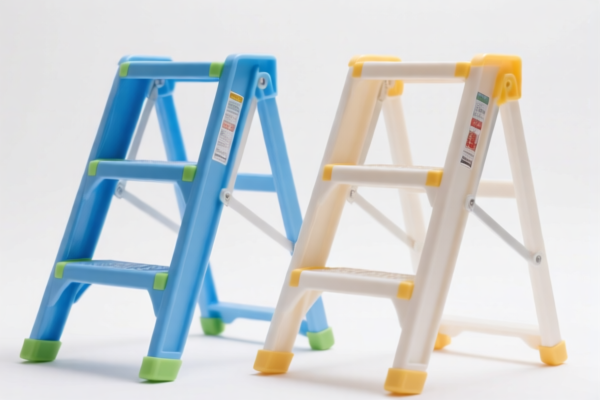| HS Code | Official Doc | Tariff Rate | Origin | Destination | Effective Date |
|---|---|---|---|---|---|
| 8523493000 | Doc | 37.5% | CN | US | 2025-05-12 |
| 8523590000 | Doc | 55.0% | CN | US | 2025-05-12 |
| 8519813020 | Doc | 55.0% | CN | US | 2025-05-12 |
| 8519893000 | Doc | 37.5% | CN | US | 2025-05-12 |
| 9208100000 | Doc | 33.2% | CN | US | 2025-05-12 |
| 9208900040 | Doc | 42.8% | CN | US | 2025-05-12 |
| 9209998000 | Doc | 42.8% | CN | US | 2025-05-12 |
| 9209991000 | Doc | 43.2% | CN | US | 2025-05-12 |




Music Stick
A music stick, also known as a rhythm stick, is a percussion instrument traditionally used in music therapy and early childhood education. It is a simple instrument consisting of a pair of wooden sticks, typically around 20-30cm in length and 1-2cm in diameter.
Material:
- Generally made of hardwood, such as maple, birch, or rosewood.
- Occasionally crafted from bamboo.
- The surface is typically left unfinished or lightly coated with a sealant to preserve the wood and provide a comfortable grip.
Purpose:
- Music Therapy: Used to promote rhythmic awareness, coordination, and emotional expression. The act of striking the sticks together can be cathartic and grounding.
- Early Childhood Education: Develops gross motor skills, hand-eye coordination, and a sense of rhythm in young children. Encourages participation and creativity.
- Classroom Management: Can be used as a non-verbal cue for attention or transitions.
- Folk Music: Historically used in some folk music traditions as a simple percussion accompaniment.
Function:
The primary function of a music stick is to produce a sharp, clear clicking sound when two sticks are struck together. The sound is relatively high-pitched and percussive. The timbre can vary slightly depending on the type of wood used and how the sticks are struck.
Usage Scenarios:
- Individual Therapy Sessions: Facilitators use music sticks to engage patients in rhythmic exercises and promote emotional release.
- Group Music Therapy: Participants work together to create rhythmic patterns and explore musical expression.
- Preschool and Kindergarten Classrooms: Teachers use music sticks to accompany songs, games, and movement activities.
- Special Education Settings: Music sticks can be adapted for use with individuals with a range of physical and cognitive disabilities.
- Storytelling: Used to create sound effects or emphasize key moments in a narrative.
Common Types:
- Paired Sticks: The most common configuration, consisting of two identical sticks.
- Varied Lengths: Some sets include sticks of different lengths to create a wider range of tones.
- Coated vs. Uncoated: Sticks may be coated with a sealant for durability or left uncoated for a more natural feel.
- Colored Sticks: Often available in bright colors to appeal to children.
- Bundled Sets: Sold in sets with other percussion instruments, such as bells or shakers.
Based on the provided information, “music stick” can be interpreted in several ways, leading to potentially different HS code classifications. Here's a breakdown of possible classifications based on the available data:
- 9208100000: This HS code covers Music boxes. Chapter 92 relates to musical instruments (including accordions, harmonicas, etc.). Heading 08 specifically refers to music boxes. This would be applicable if the “music stick” functions as a self-contained music-playing device, similar to a traditional music box. The total tax rate is 33.2%.
- 9208900040: This HS code covers Other Musical instruments. Again, this falls under Chapter 92 (musical instruments). This classification is suitable if the “music stick” is a musical instrument not specifically categorized as a music box. The total tax rate is 42.8%.
- 9209998000: This HS code covers Other: Other: Other within the category of Parts (for example, mechanisms for music boxes) and accessories (for example, cards, discs and rolls for mechanical instruments) of musical instruments; metronomes, tuning forks and pitch pipes of all kinds. If the “music stick” is a component or accessory for a musical instrument, this code may be applicable. The total tax rate is 42.8%.
According to the provided reference material, the HS code options related to 'music stick' are limited, with only the following 3 found.
Regarding HS code 9208100000, 9208900040 and 9209998000, please note the need to verify the material and function of the stick to determine the most accurate classification.
Customer Reviews
No reviews yet.